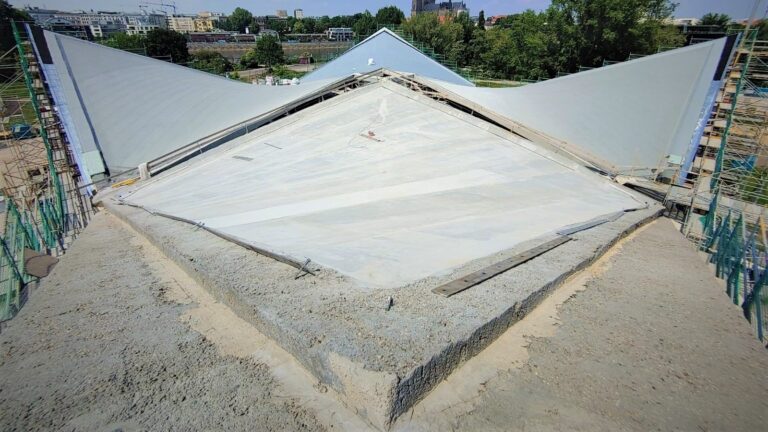
Reinforced Concrete Design
B2+
With the program B2+, the design of reinforced concrete cross-sections can be performed. You can design cross-sections for bending with longitudinal force and for shear force. Furthermore, you can perform crack width verifications and stress analyses or determine the effective stiffness.
Discover now more programs from the section Reinforced Concrete!
SHOW MOREMaterial
- Concrete of the strength classes C12/15 to C100/115
- Lightweight concrete of the strength classes LC 12/13 to LC 80/88
- Concrete with freely definable parameters
- Reinforcing steel of the steel grades B500A, B500B and BSt 420 S(A) in combination with the German NA (corresponding qualities for all other available NAs)
Structural System
- Rectangular cross-section, uniaxial and biaxial
- T-beam, uniaxial
- Hollow box, biaxial
- Circular and annular cross-section, biaxial
- Layered cross-section, uniaxial
Environmental conditions
- Detailed entry of the exposure classes and the resulting durability requirements (minimum concrete class, concrete cover and requirement class for the crack-width verification).
Cast-in-place complement
- Cast-in-place concrete complements can be entered for uniaxial cross-section types
- The height and the width of the cast-in-place complement as well as the joint width are freely definable
- Available joint finishing options are very smooth, smooth, rough and interlocked
- Optionally, an axial force perpendicular to the joint can be defined
- Selection options for the shear reinforcement (no lattice girders, only diagonal struts or with posts and diagonal struts)
Load-bearing capacity
In the reinforced concrete design, the strain state leading to failure is determined for given internal forces with unknown reinforcement. For the bending design, the method with a given reinforcement ratio can be selected, and for uniaxial loading, the kd‑method is available in addition.
Various design options are available. Optionally, tension stiffening can be considered in the determination of the effective stiffness. The state of strain in which the external and internal forces are in balance is sought after.
In the bending design, the user can optionally calculate the net cross-sectional area of the compression zone. The calculation can include several combinations of internal forces that are to be entered via a table.
Serviceability
A crack-width verification can be performed in accordance with EN 1992-1-1. Based on the crack formula (Eq. 7.8), the maximum limit diameter, for which the permissible crack width is observed, is determined for an external load corresponding to the decisive action combination and for a selected reinforcement.
The programme determines a minimum reinforcement in accordance with 7.3.2 for imposed bending on top and bottom.
Document file formats
- Word
- Drucker
Output
- The user can define the desired scope of data to be put out via the options of the output profile
- The cross-section, the reinforcement and the state of strain of the selected verification can be represented in the graphical view
Import options
- FRILO XML
Export options
- Word
- FRILO XML
Reinforced concrete
- DIN EN 1992
- ÖNORM EN 1992
- BS EN 1992
- PN EN 1992
- NTC EN 1992
- EN 1992
News

“With the FRILO Suite, we benefit from the use of all programs”
With the switch to the FRILO Suite, the engineering office concon has decided to rely on the FRILO subscription model. The reasons of the long-standing customer are manifold.

FRILO & CARBOrefit® | The calculation with carbon concrete pays off
With CARBOrefit® an process that enables renovation and reinforcement with carbon concrete has been integrated into the FRILO Software.




